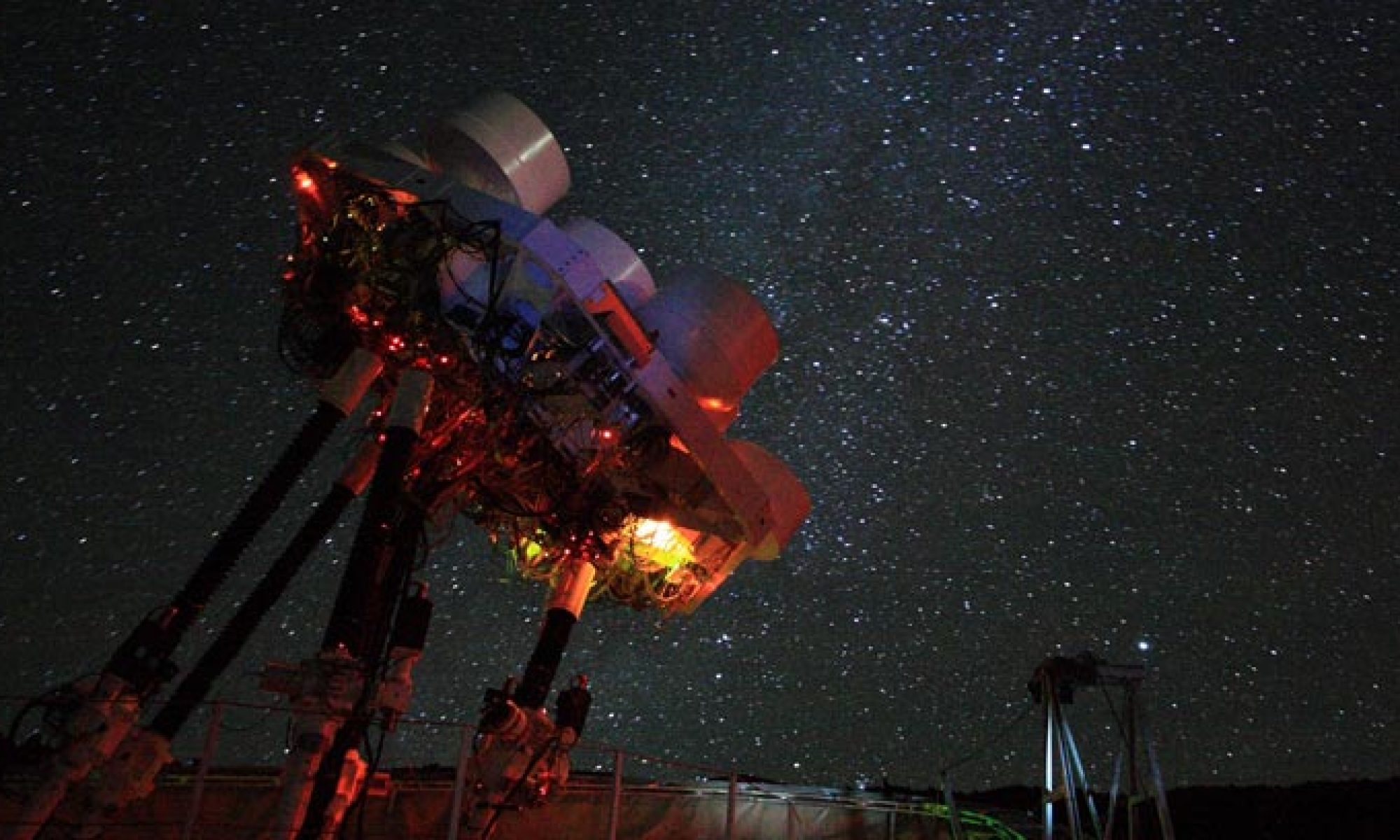I have updated the SEFD plotting tool (formerly ‘plot_sefd4.py’) into ‘compare_sefd.py’ and moved it into the pipeline directory.
It retrieves SEFD analysis results from the .avgh5 files in the current directory and saves the summary plots into a sub-folder ‘figures/’.
It also requires a mandatory argument of ‘original’ or ‘renorm’, that specifies whether the original SEFD values or the renormalized SEFD values should be used. The idea of the renormalization is to separate the weather effect out of the stability analysis. The steps are:
- From multiple datasets, normalize the SEFD of each antenna by its median value.
- Take the mean (over antennas) of the normalized SEFD from the same dataset as its level.
- Some antennas are excluded:
- Ant3 due to its drastic change before and after using the Al-coating
- Ant4 due to its poor bandpass
- Ant6 due to power fluctuation (in X)
- The gain is defined as the level divided by its median over datasets.
- Renormalize the SEFD by the gain
- The gain of each dataset is shown in the SEFD vs. date plot
- Percentage variation (in RMS) of the SEFD is also shown for each antenna (see examples below).
The plots shown below uses the same datasets Casandra used in her post.
Original SEFD:
(command: compare_sefd.py o –exclude 6)


Renormalized SEFD:
(command: compare_sefd.py r –exclude 6)


After normalizing out the overall gain (weather effect), we are only seeing 2% to 4% variation in RMS except:
- Ant1 had a slightly larger variation since its secondary was taped with foil (Nov_20; last 3 datasets)
- Ant3 swapped from the original dish to an Al-coated one (since Sep/25; 3rd dataset).
- Ant4 needs a new bias setting, and Ant6 were a bit unstable?
— Kyle




















